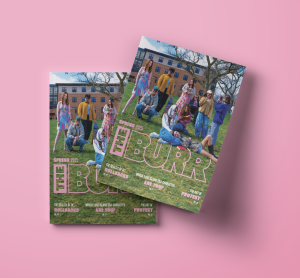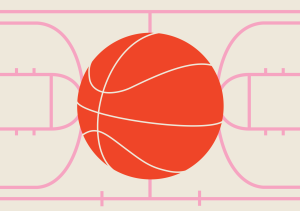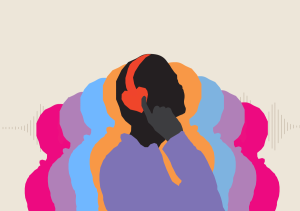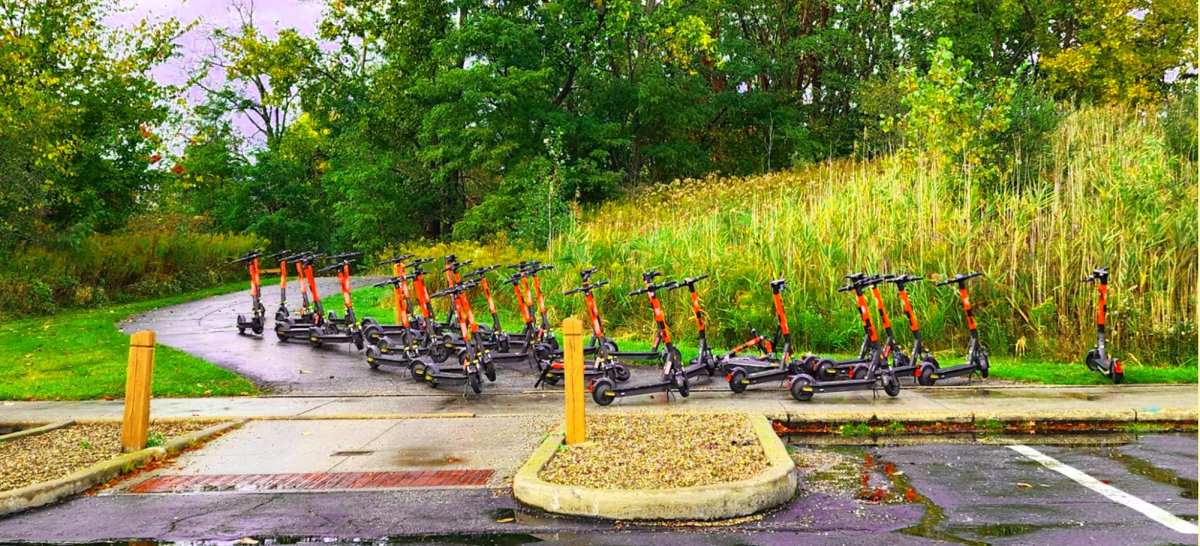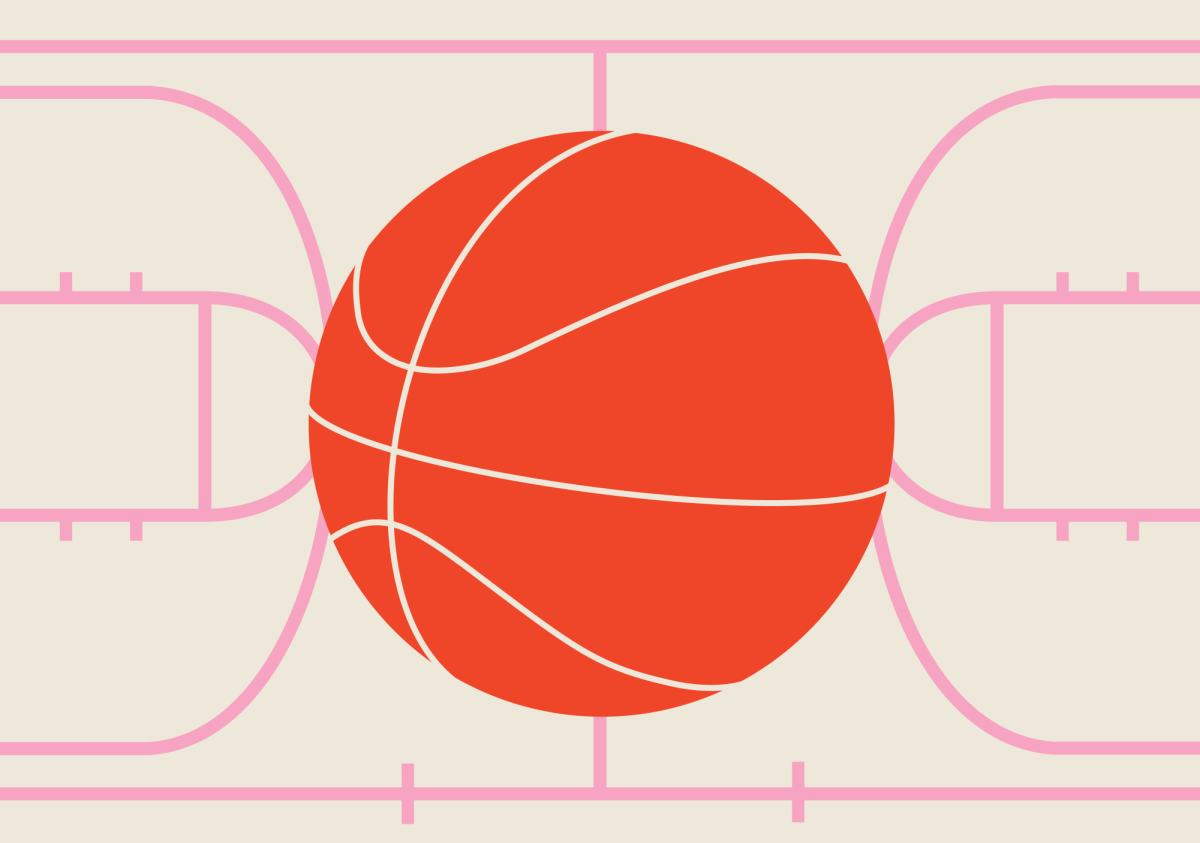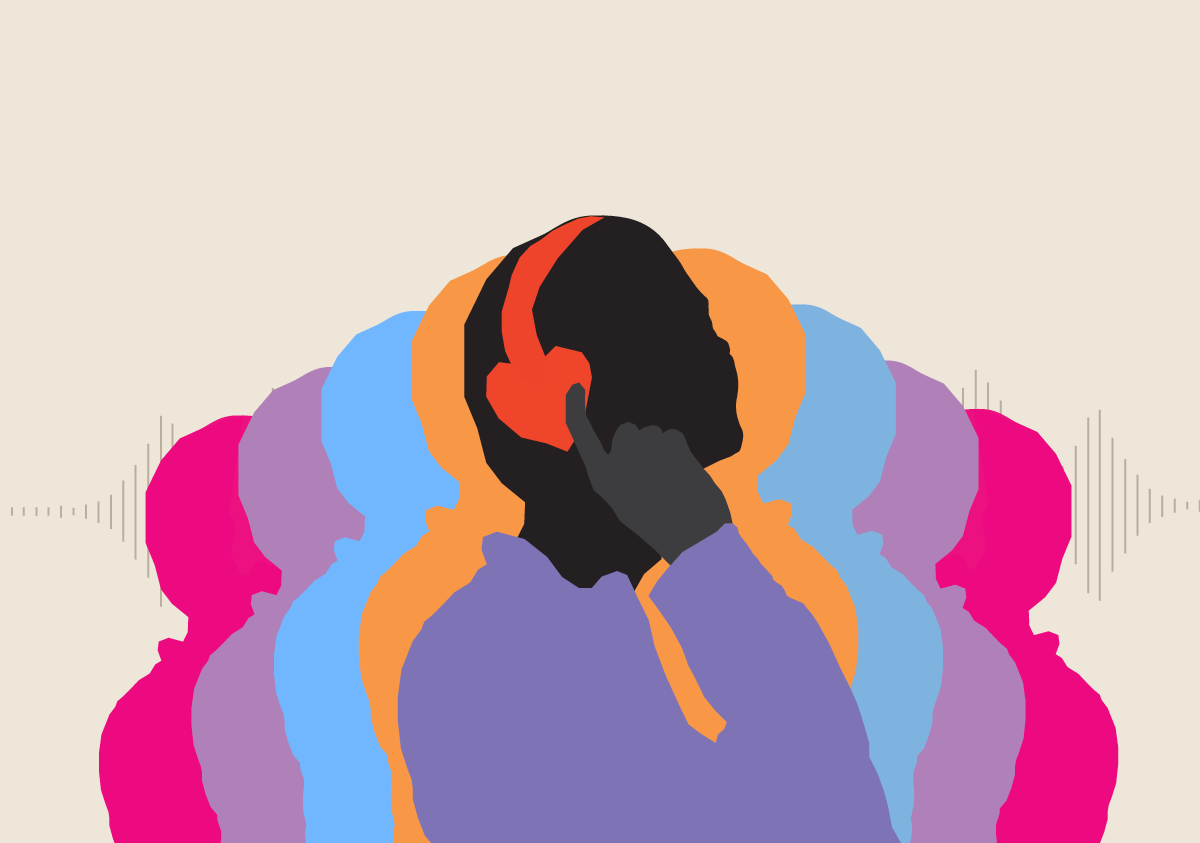With the increased use of e-scooters, skateboards and bikes around campus, many students are becoming afraid of wheel-related accidents occurring.
Whether that be by flying off of an e-scooter or being run into by someone on a bike, a large chunk of students seem to be able to recall at least one close-call with these means of transportation.
While pedestrians and those on wheels generally disagree about who is responsible for these incidents, both have been equally vocal about their discomfort with sharing paths with one another.
“Walking on the sidewalk and hearing someone on a skateboard, bike or scooter behind you is almost as anxiety-inducing as knowing you’re going to get hit with one of those turtle shells in Mario Kart,” an anonymous student said on YikYak this September.
Many pedestrians agree that those on wheels are bound to bump into them one way or another. This is rooted in a lack of communication and an inability to slow down.
“People just whiz right past you with zero warning three inches away from you, going [super] fast,” Fritz Wallace, a freshman exploratory major, said. “The bike lanes will be completely clear and there will still be people weaving through pedestrians. At least call out, ‘I’m on your left or right,’” Wallace said.
Those on wheels also have opinions about how pedestrians are responsible.
“My biggest pet peeve is people walking in the middle of the sidewalk or groups all walking side by side,” Evan Shepherd, a freshman business management major, said. “Sometimes they have earbuds in so even when you say, ‘excuse me,’ they don’t move because they can’t hear you.”
When it comes to driving a car or motorcycle, it is always advised to keep an eye out and not be distracted by your phone or music. On campus, many people do not keep the importance of not being distracted in mind.
While you may not be going 40mph down the street on your scooter or running at full speed around campus, it is still smart to look out for those who might be. After all, a lot of the paths on campus are shared between pedestrians, cars and bikes.
Robbie Nankee, a freshman architecture major, is one of many who have crashed due to a pedestrian’s lack of caution in their surroundings.
“There was this guy walking in the middle of the sidewalk; he was on his phone and had headphones on,” Nankee explained. “I went to pass [him] on the right and out of nowhere, he just took a step over into the bike lane.”
Nankee said he tried to hit his bicycle brake, but it was too late. He could not avoid the pedestrian in time. “He got a black eye; I got thrown from my bike,” Nankee said. “He was reasonable though and admitted it was his bad for not looking.”
It is hard to determine who to blame for a crash in these situations. This leaves both pedestrians and those on wheels with one question: which of the two is really to blame for these close calls on the multi-use paths?
The answer is neither, according to the Assistant Director of Outdoor Adventure and Operations, Chris Lukas. “Everyone should consider their own safety and the safety of others on campus,” Lukas said. “There are always things that can distract bikers or walkers on campus.”
He suggests that to avoid these accidents, communication and observation are key. This goes for both pedestrians and those on wheels.
“I would encourage people to be aware of their surroundings at all times and eliminate distractions,” Lukas said. “People should keep their eyes on the road ahead of them and their ears open for traffic, pedestrians and hazards.”
When it comes to communication, Lukas said that everyone on wheels “should communicate with pedestrians using verbal, hand and bell signals to help avoid conflicts with pedestrians.”
Non-verbal communications could also help students who are listening to music, as it would prepare them to dodge incoming traffic.
Kent State University has built these multi-use paths to accommodate many different modes of transportation. The most obvious accommodation the bike lanes, which were built on both sides of these paths.
Although these paths were built to prevent collisions between people and those on wheels, many students have reported that they were unaware of their existence until people began complaining about them.
Monica Hodges, a sophomore aerospace engineering major, said, “I’m so confused because what is this bike lane everyone’s been walking in?”
Even some of those on wheels were not aware of the lanes when they first came to campus. Axspen Cooper, a sophomore music major, said that it was hard to know where to ride his bike.
“As a freshman last year, I would bike everywhere on campus,” Cooper said. “I didn’t even know there was a bike lane until halfway into my first semester.”
Many believe the main solution to fixing the lack of awareness toward bike lanes is to make them more obvious.
“The signage on the bike lanes is abysmal.” Jakob White, a freshman construction management major, said. “The only ones I know of are by Bowman Hall and near Rainbow Road.”
Students came up with the term “Rainbow Road” to describe the path along the Esplanade. This path is known for its sharp turns and frequent presence of e-scooters, skateboards, and bicycles.
Similarly, the multi-path road by Bowman Hall is also known for its fair share of high-speed vehicle riders and unpredictable traffic.
White, like many others, suggests there needs to be more obvious ways to signal that there is a bike lane, especially for those who are distracted. “Whether it be [through] painted diamonds or painted signage on the bike lanes, that way people looking down on their phones know.”
Many students agree with this notion, such as Finley Foehl, a freshman digital media production major.
“I think the signs could be bigger—or paint ‘bike lane’ on the sidewalk where the shapes are,” Foehl said.
Instead of allowing the bike lanes to blend in with the walkways for a cleaner look, it seems like students want clearer signage or markings on the pavement to indicate the true function of the different sections.
This lack of awareness surrounding the bike lanes could be considered the core cause of many issues. However, students believe that other factors play into the many crashes that have occurred.
One of the many factors is the abundance of potholes around campus, especially those in bike lanes and on sidewalks. “The number of potholes that you need to navigate around make the bike lane unsafe for tires,” Damar Newcombe, a freshman professional pilot major, said.
Many tend to assume that scooter, bike and skateboard users are only looking out for pedestrians. However, they are also keeping an eye on any potholes or items left on the ground, which can be just as hazardous as someone walking too close to them.
Another heavily brought-up issue is the placement of SPIN scooters and bikes around campus. This has become a big issue since there is such a large quantity of SPIN vehicles.
“People park the SPIN scooters and bikes in the bike lock spots and we can’t lock our stuff up,” Foehl said. It doesn’t help that in the morning before classes start, most of the SPIN scooters and bikes are left in the bike racks for students to pick up throughout the day.
Like Foehl, Nankee also says he has encountered problems with spin scooters.
“There have been times where there is no room for me to put my bike anywhere,” Nankee said.
The scooters only allow riders to park them in designated parking areas, making it difficult to move them. Nankee sees that as “a problem SPIN has to work on.”
Students have also reported that SPIN vehicles are often parked not only in the bike racks, but also along paths and in bike lanes, which can obstruct those who own similar modes of transportation.
Another issue the SPIN scooters pose is allowing new and inexperienced riders to ride around campus without a full grasp on the power of the vehicle. Although there is a maximum speed implemented on campus, users may not be used to the controls of the scooter or bike and may speed up or slow down in unanticipated ways, causing issues for other riders and pedestrians around them.
Many students with these methods of transportation believe that SPIN and Kent State University need to improve many of their bike-related amenities to better accommodate both them and pedestrians.
In the meantime, however, both pedestrians and those on wheels should keep an eye out for obstacles and avoid distractions while navigating through campus.

